57+ Sample Payroll Deduction Forms
-

Payroll Deduction Form Template
download now -
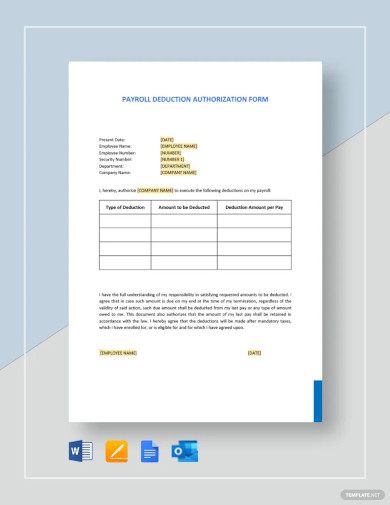
Payroll Deduction Authorization Form Template
download now -

Payroll Deduction Authorization Form
download now -

Employee Payroll Deduction Authorization Form
download now -
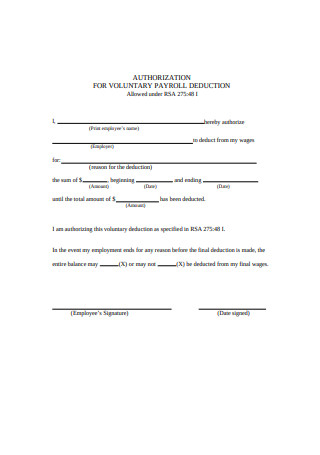
Payroll Voluntary Deduction Form
download now -
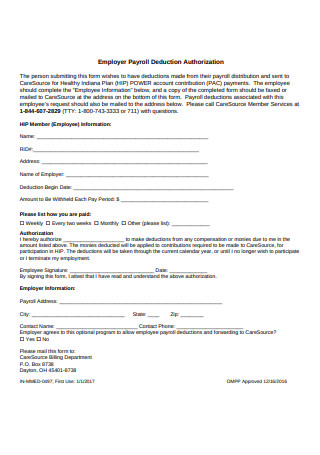
Employer Payroll Deduction Authorization Form
download now -
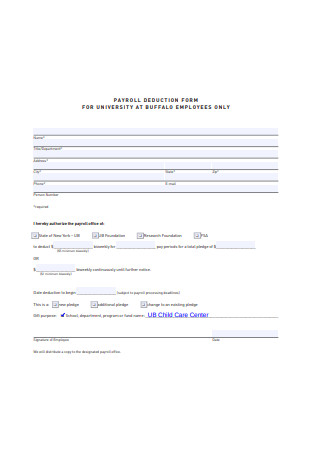
Payroll Deduction Form
download now -
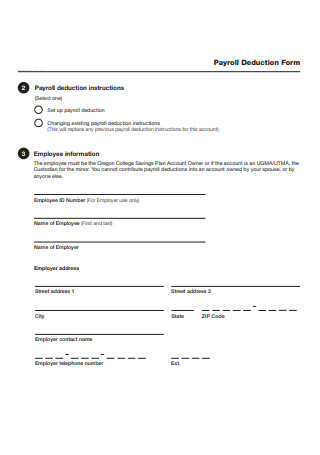
Sample Payroll Deduction Form
download now -
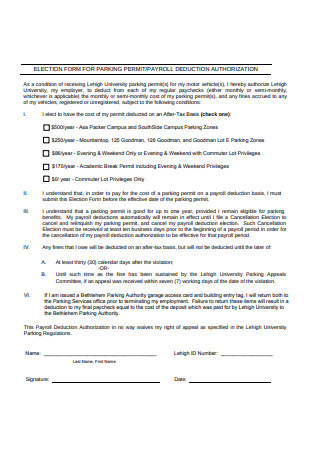
Payroll Deduction Authorization Form Example
download now -
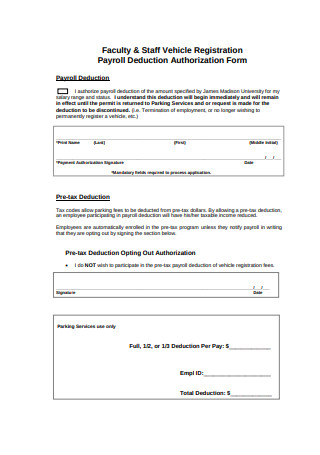
Basic Payroll Deduction Authorization Form
download now -
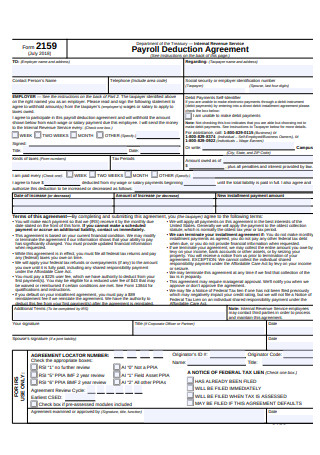
Payroll Deduction Agreement Form
download now -
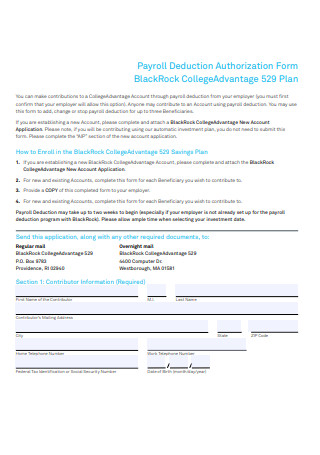
Standard Payroll Deduction Authorization Form
download now -
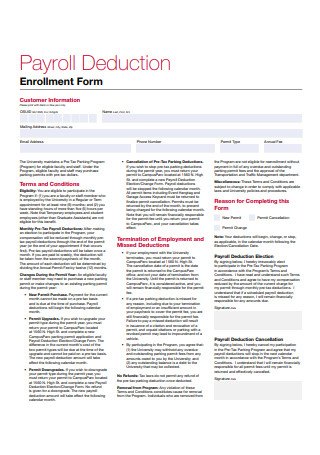
Payroll Deduction Enrollment Form
download now -

Employee Payroll Deduction Authorization Form Sample
download now -
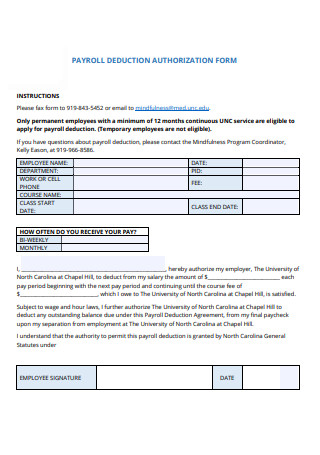
Basic Payroll Deduction Authorization Form Sample
download now -
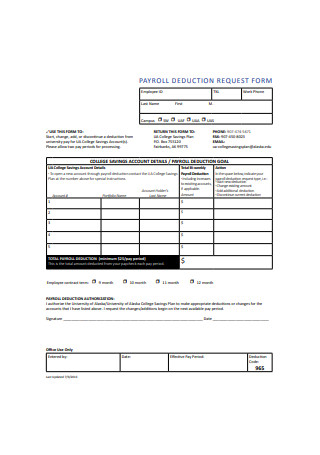
Payroll Deduction Request Form
download now -
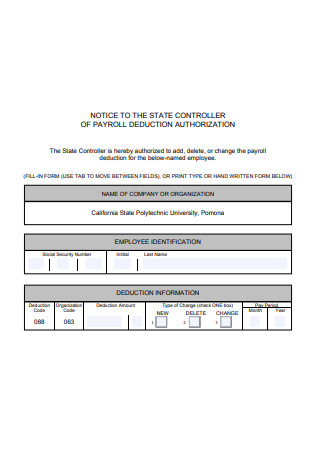
Simple Payroll Deduction Authorization Form
download now -

Payroll Deduction Authorization Form Sample
download now -
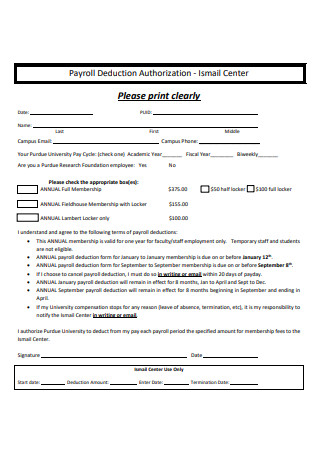
Basic Payroll Deduction Form Example
download now -
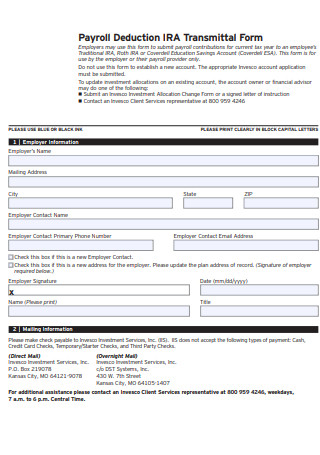
Payroll Deduction IRA Transmittal Form Sample
download now -

Payroll Deduction Form Example
download now -
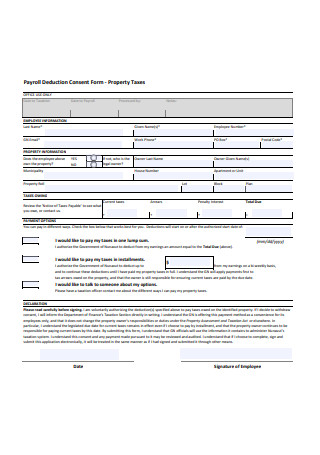
Payroll Deduction Consent Form
download now -
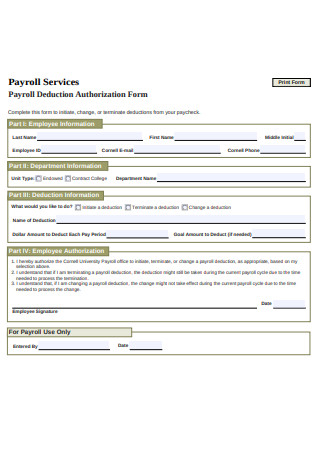
Employee Payroll Deduction Authorization Form Example
download now -
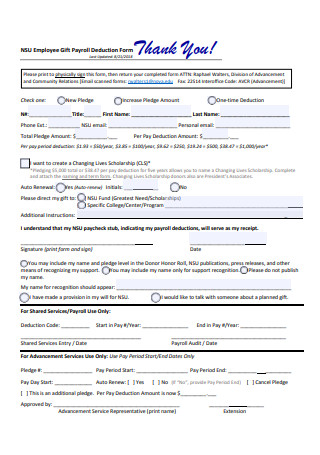
Employee Gift Payroll Deduction Form
download now -
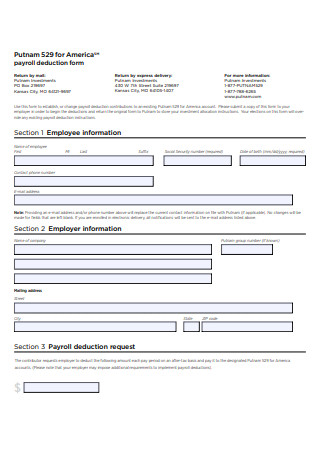
Simple Payroll Deduction Form
download now -
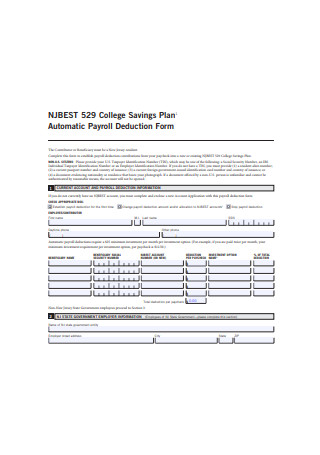
Automatic Payroll Deduction Form
download now -
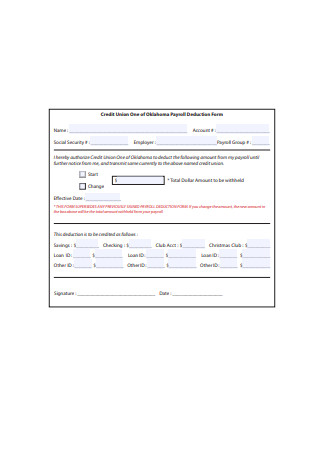
Simple Payroll Deduction Form Example
download now -
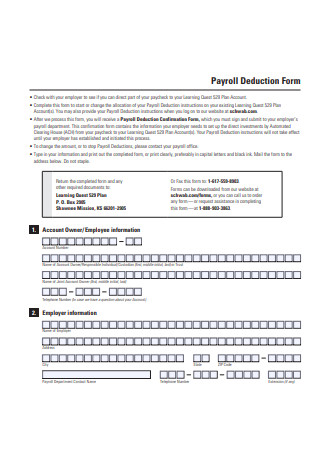
Employee Payroll Deduction Form
download now -
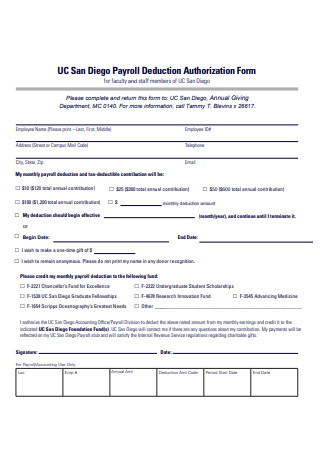
Standard Payroll Deduction Authorization Form Example
download now -
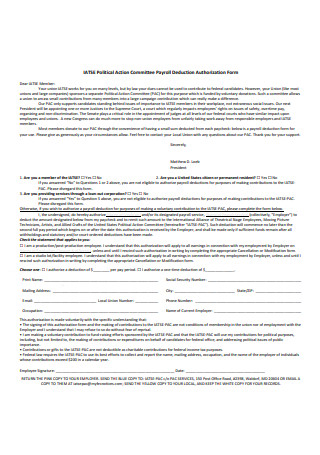
Committee Payroll Deduction Authorization Form
download now -
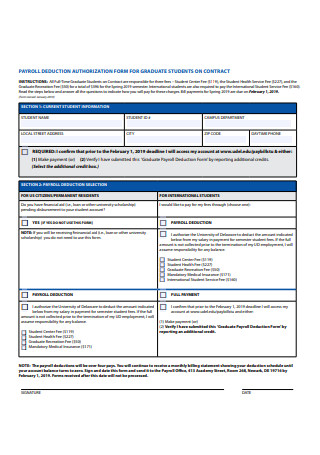
Payroll Deduction Authorization Form for Graduate Students
download now -
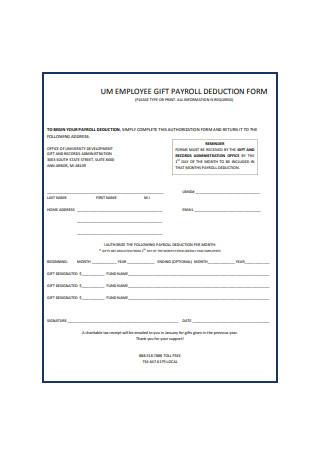
Employee Gift Payroll Deduction Form Sample
download now -
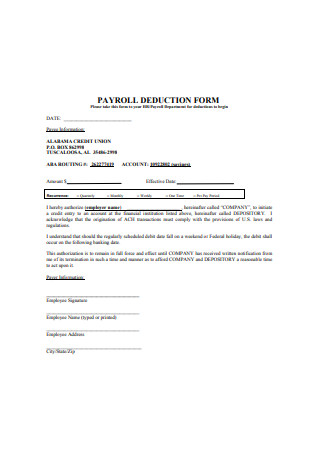
Sample Payroll Deduction Form Example
download now -
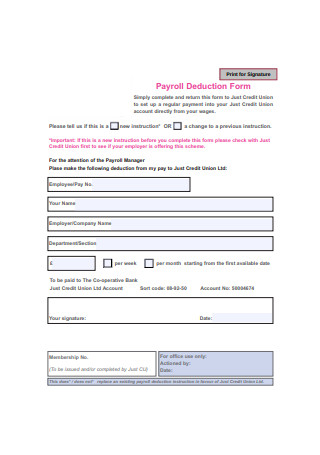
Basic Payroll Deduction Form Sample
download now -
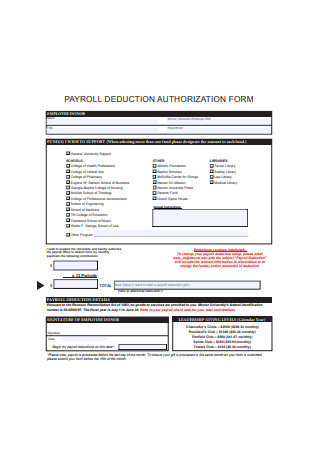
Simple Payroll Deduction Authorization Form Example
download now -
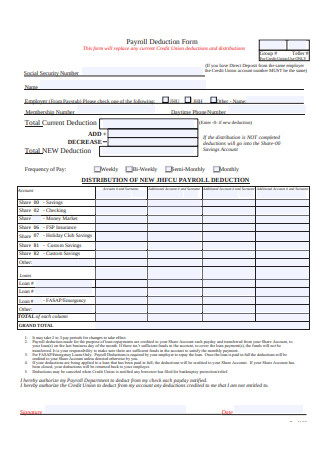
Sample Payroll Deduction Form Format
download now -
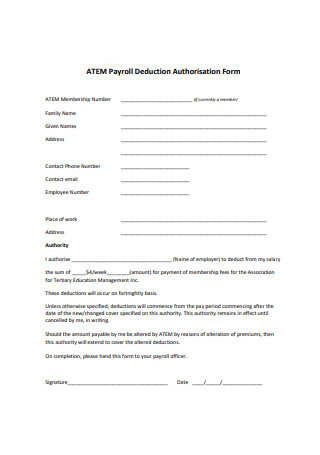
Standard Payroll Deduction Authorisation Form
download now -
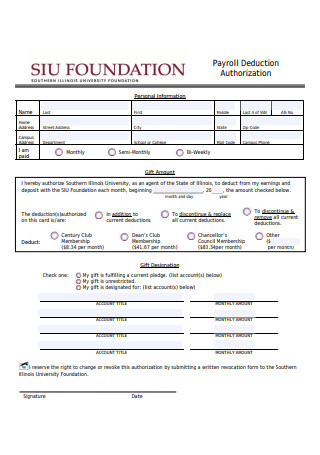
Standard Payroll Deduction Authorization Form Sample
download now -
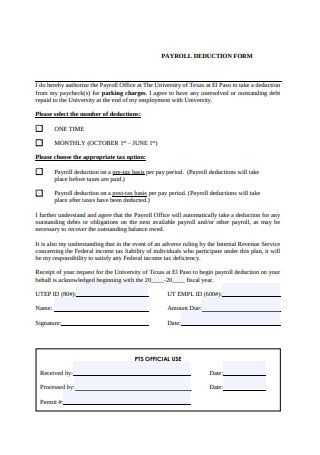
Simple Payroll Deduction Form Format
download now -
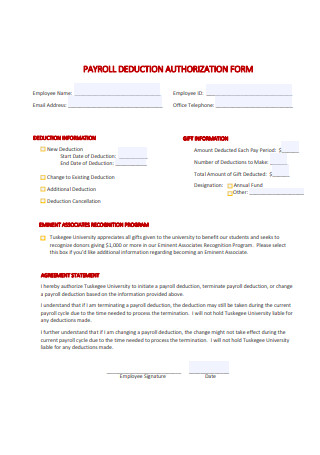
Standard Payroll Deduction Authorization Form Format
download now -
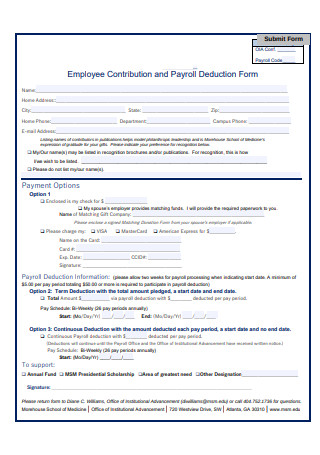
Employee Contribution and Payroll Deduction Form
download now -
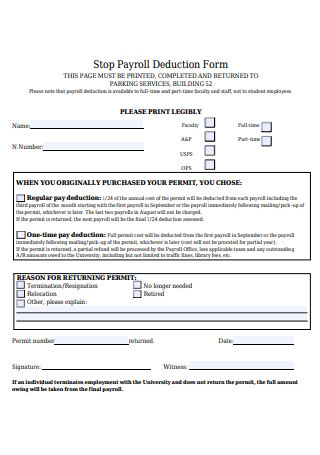
Stop Payroll Deduction Form
download now -
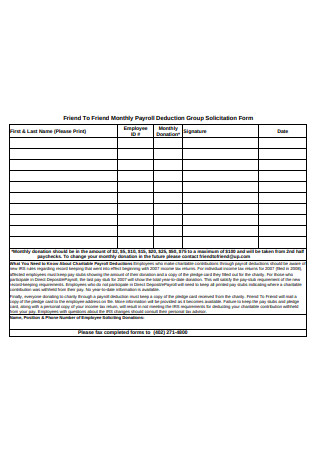
Monthly Payroll Deduction Group Solicitation Form
download now -
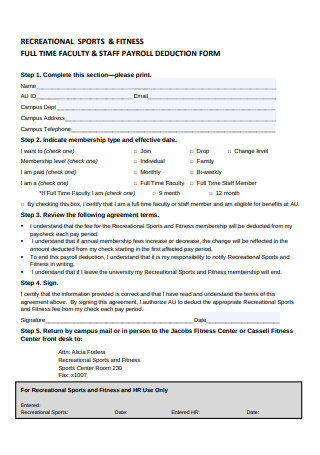
Staff Payroll Deduction Form
download now -
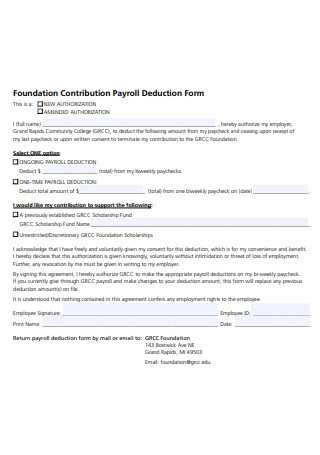
Foundation Contribution Payroll Deduction Form
download now -

Employee Gift Payroll Deduction Form Example
download now -
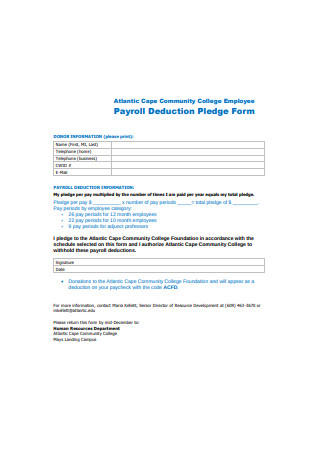
Payroll Deduction Pledge Form
download now -
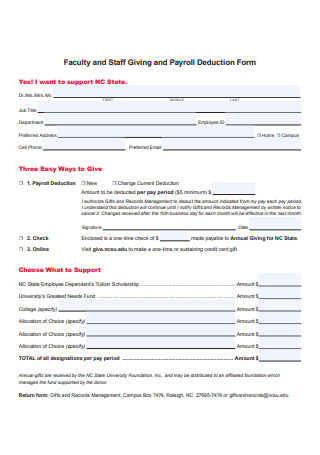
Basic Payroll Deduction Form Format
download now -
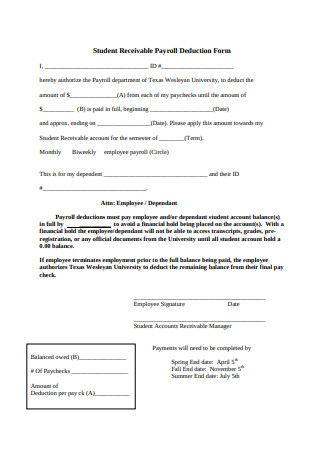
Student Receivable Payroll Deduction Form
download now -

Employee Payroll Deduction Form Example
download now -
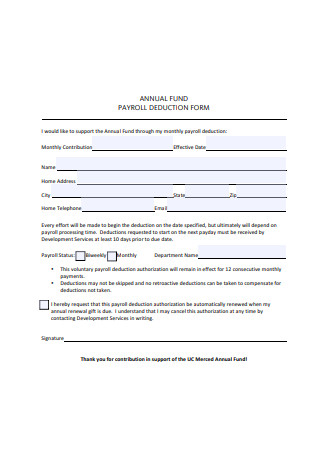
Annual Fund Payroll Deduction Form
download now -
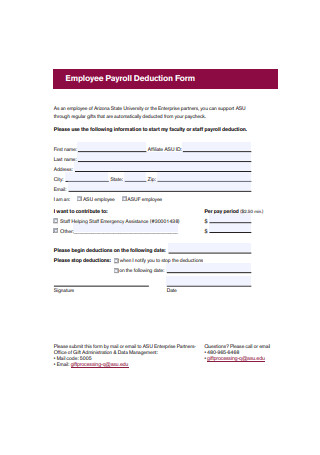
Standard Employee Payroll Deduction Form
download now -

Payroll Deduction Cancellation Request Form
download now -
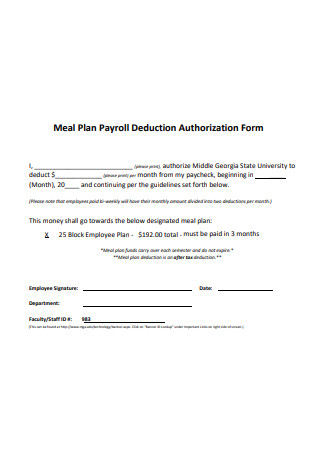
Meal Plan Payroll Deduction Authorization Form
download now -
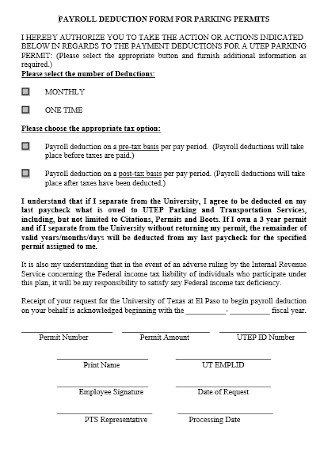
Payroll Deduction form for Parking Permits Template
download now -

Meal Plan Payroll Deduction Form Template
download now -
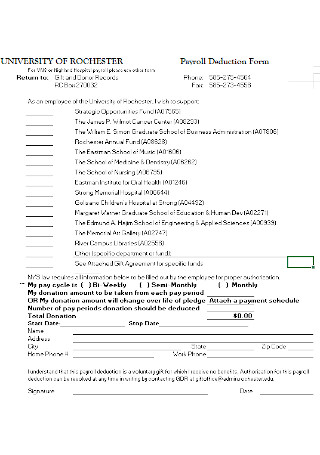
University Payroll Deduction Form
download now -

University Payroll Deduction Form
download now
There must also be written documentation of their agreement which will serve as evidence that the workers have given their consent to the management to deduct a particular amount from their paychecks. We refer to this document as a payroll deduction form or payroll deduction authorization form. Learn more about it as we walk you through the basics of this document.
What Is a Payroll Deduction Form?
It is not true to all employees that they receive the same amount of compensation for the duties and responsibilities they carried out. There are several factors that may increase or decrease their pay. In most cases, employers give pay raises to their employees such as incentives, bonuses, night shift differentials, overtime pay, and commissions. However, there may also be deductions incurred for taxes, insurance contributions, absences, late, and undertime operations. Regardless of the cause of an employee’s salary deduction, they must be well aware of the total amount of money that will be taken from their pay. A payroll deduction form is an HR document that helps employers communicate with their staff the type of deduction and its sum. It may also serve as an agreement between the management and the employee/s that there will be deductions to their regular wages due to various factors.

Types of Payroll Withholdings and Deductions
Employers need to do calculations before issuing a payslip to their employees. The computation starts with the gross pay and ends with the net pay. Gross pay is the sum of money the employees have before various payroll deductions. On the other hand, net pay is the total amount the workers will have on their hands during payday. It sounds like an easy process at first glance. However, the management needs to have strong attention to detail so as not to commit mathematical errors. The complexity of calculating the payroll can be bearable if you have a better understanding of the factors which you need to consider during the process. In this section, we will cover the common types of payroll withholdings and deductions that you and your employees may come across. It is important to have a background knowledge of these things so you can help the employees understand why they receive a lower compensation than what they expected.
How to Create a Payroll Deduction Form
When you set up a payroll deduction program for your employees, a payroll deduction form is a must-have. Through this document, the employees may grant you the authority to execute various deductions on their payroll. Creating a payroll deduction authorization form adds up to the pile of paperwork you need to do. We will help you with the process. Provided below is a step-by-step guide on how to create a payroll deduction form for your company.
Step 1: Acquaint Yourself with the Federal and State Laws
Before establishing a company, it is essential to know the laws in your country, city, or state. If your business or company is operating in the United States, you should note that there are state laws in relation to employment that you need to abide by aside from the federal laws implemented. Moreover, it is important to do thorough research about payroll deductions before setting it up for your employees. You should also have a clear understanding of the things that are considered as legal payroll deductions so as not to put your company at stake.
Step 2: Begin with the Employee’s Information
Now that you are familiar with the laws, you may start creating the form. The first section of your payroll deduction form should help you gather relevant information about your employees. This includes their complete name, employee number, social security number, home address, job title, and department. Remember to insert a blank space after each item for the employees to fill the document later on.
Step 3: Specify the Payroll Deduction
As discussed in this article, there are various types of payroll withholdings and deductions ranging from taxes to benefits. Therefore, it is essential to specify the type of payroll deduction implemented. Create a table with three columns and several rows. Then, write the following at the topmost cells: Type of Deduction or Benefit Type, Amount to be Deducted, and Deduction Amount per Pay. You have to leave this section blank since you still have to inform the employees of the payroll deduction program. In addition to that, it is up to the employees if they will take part in the offered benefit (for voluntary payroll deductions.)
Step 4: Write an Authorization Statement
Your payroll deduction form will serve as evidence that the employees agreed to have their wages or compensation deducted for various purposes. Thus, it should have a record of the agreed-upon terms between the employer and the employee regarding the deductions to be executed at a specific time. Just below the table, compose a statement that will authorize you to incur deductions on the employee’s paycheck. However, you should bear in mind that this will only take full effect when the employees sign the document.
Step 5: Discuss with the Employees
Lastly, provide a signature line for the employees at the bottommost portion of the document. After proofreading your payroll deduction authorization form and printing out the document, you need to discuss the payroll deduction arrangements to the employees concerned. Before the workers sign the document, see to it that they have a full understanding of the deductions incurred in their paychecks during payday. Doing so will avoid misunderstandings in the future. If you need a reference document or a template to help you create a payroll deduction authorization form in an instant, see the sample documents compiled above.
Dos and Don’ts of Payroll Deductions
Withholding amounts from your employees’ payroll check can be confusing if you don’t have a clear idea about the rules of payroll deductions. Now that you know the fundamentals of payroll deductions, let us look into the dos and don’ts of the subject matter. Knowing the dos and don’ts of payroll deductions will keep costly errors, lawsuits, and penalties at bay.
Dos
1. Do know the allowable payroll deductions.
Employers are not free to withhold or deduct any amount of cash on their employees’ paychecks. There are rules and regulations specifying what is considered as an allowable payroll deduction and under what circumstances can the management make deductions on their worker’s wage or salary. Typically, employers can only deduct a certain amount from their employees’ paycheck if it is mandated by the legislation or if the employees agree to it. As an employer, you should know the rules of allowable payroll deductions to keep the good reputation of your company and to avoid disputes.
2. Do classify your employees.
Employees who belong to a particular company have varied roles and responsibilities to handle—depending on what is reflected in the company’s organizational chart. The rank or position of each employee determines their salary grade. With this in mind, you should properly classify your employees for you to figure out whether or not you will withhold income taxes from your employees’ paychecks.
3. Do create a payroll schedule.
If you are an employer or a human resource staff, you should know the significance of creating a payroll schedule as part of your payroll planning. According to the Bureau of Labor Statistics, about 36% of private businesses in the United States pay their employees once every two weeks. On the other hand, other companies pay their workers on a weekly, semi-monthly, or monthly basis. Having a payroll schedule will help you convey to the employees how often will there be deductions on their wages. Aside from that, it also enables you to handle your responsibility of depositing federal payroll taxes according to the requirements set by the Internal Revenue Service (IRS).
Don’ts
1. Don’t miscalculate.
Calculating your employee’s net pay can be a challenging task, especially when your company has a long list of employees. Nevertheless, you should see to it that your calculations in relation to the payroll deductions are accurate and error-free.
2. Don’t forget the state laws.
As previously mentioned, you need to familiarize yourself with both federal laws and state laws. While federal law applies across the country, you should bear in mind that there are also laws that only take effect within a particular state. Therefore, it is a must that you have fully understood the laws which you need to comply with. Note that there are different types of payroll deductions that are permitted and prohibited in each state.
3. Don’t forget your obligations as an employer.
Aside from the deductions incurred on the wages of your employees, there are also federal and state taxes which requires you to contribute the equal amount your employees pay. You should keep in mind that it is your part of your obligation as an employer to pay a portion of the Social Security tax and the Medicare tax.
